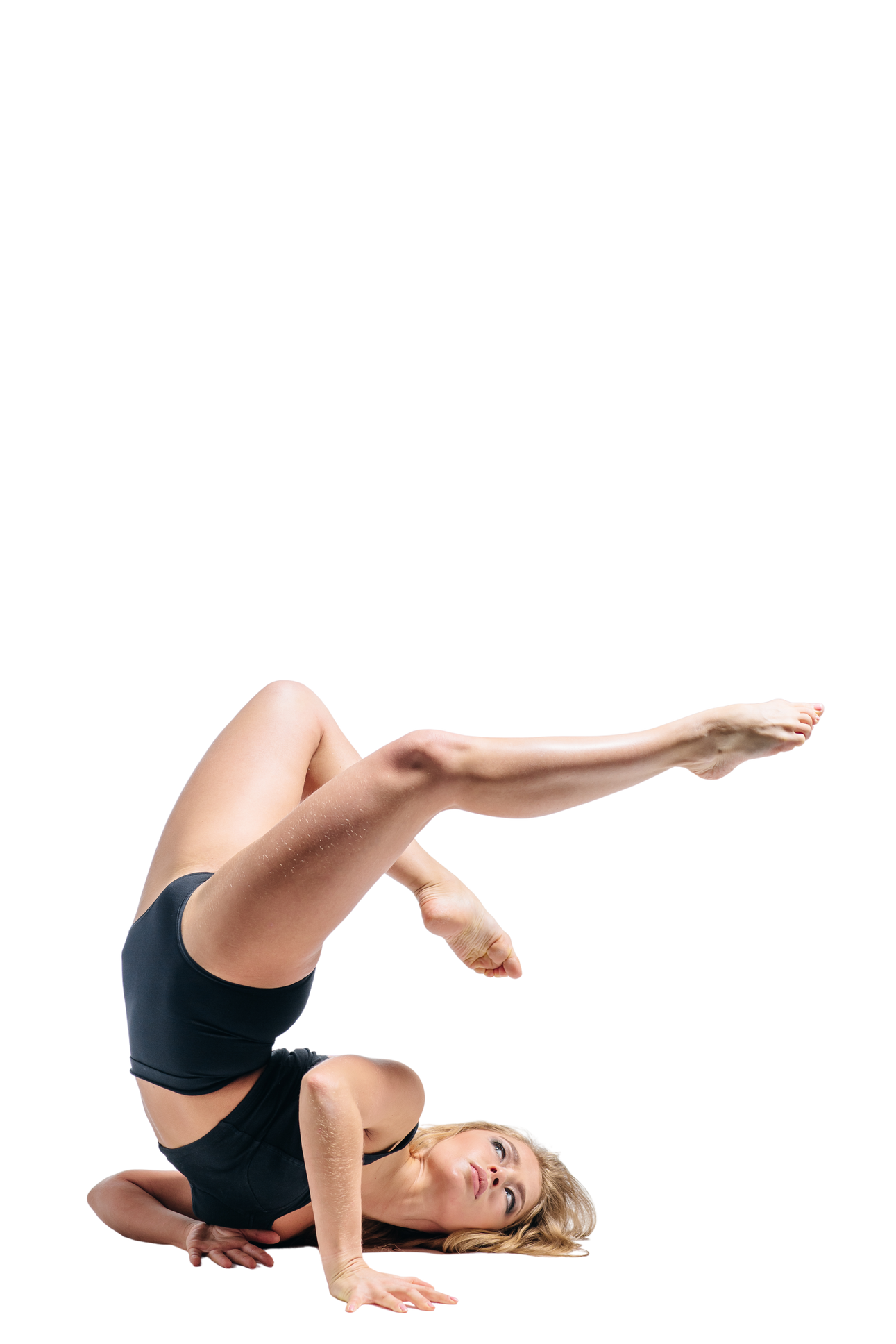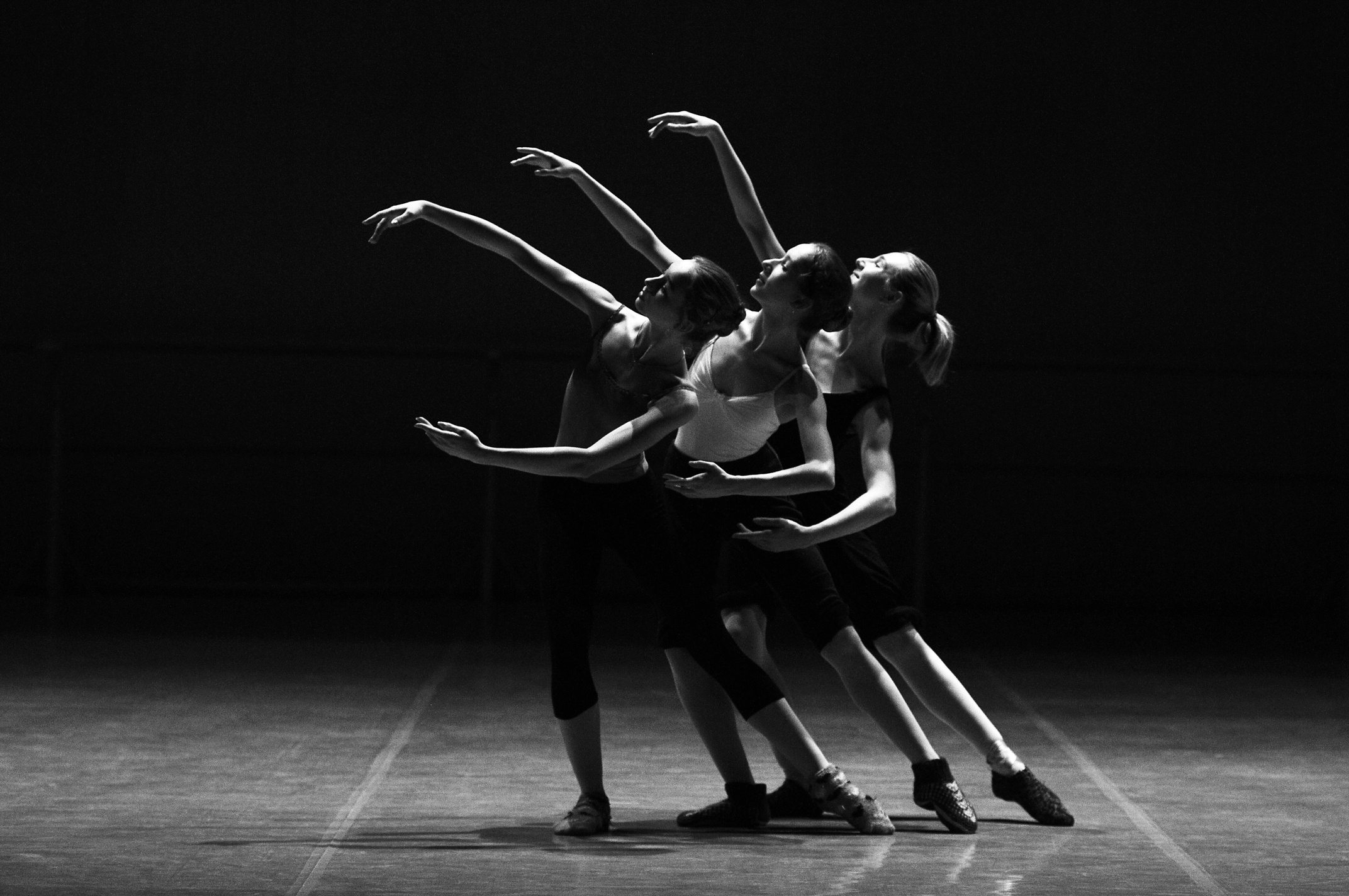
HOW SHOULD DANCERS APPROACH SOCIAL MEDIA?
noemi de francisco
4.4.2023

“Why don't I look like that?
Why can't I do that?”
Although most of these posts are made to inspire dancers and impress viewers with talent to get more likes, dancers tend to use these videos to compare their physique with theirs. “For dancers—most of whom already have a laser-focus on their appearance—the images they see on Instagram can seem to exacerbate an ever-present issue” (Rizzuto 3).
Almost every dancer you will find on social media has a slim long figure with beautiful hyperextended thin legs and extremely arched feet. Any dancer that may already have felt at some moment “too heavy” or “too wide” may confirm and reassure their negative thoughts with these posts thinking “I definitely don't look like her, meaning i'll never make it”. This leads to a negative body image that is unnecessary as most of these thoughts come from dancers that are in a healthy weight range. “A negative body image can cause unrealistic expectations of how your body should look and can lead to unhealthy eating behaviors and disordered eating” (Fleps 2). This is why so many artists in the dance community have been caught throwing up their food after eating or just completely not

eating for days to achieve that “dancer body” which is just an unrealistic expectation.
Dancers also like to compare their progress with what they see in social media. It doesn't help that the dance world is just getting more and more competitive. It seems everyday you see a new 8 year old flying across a room flawlessly to go into a perfectly executed turn sequence that 10 years ago would only have been possible for an 18 year old, but as dancers we need to understand that some of these kids we see online are training 8+ hours a day and being home schooled to achieve that. They can't expect to get the same result with 8 hours of training a week. “Just like ‘in real life’, there is often pressure to conform to what you see on social media, but it’s important not to judge yourself against other dancers." What Francis from Dance Magazine is trying to explain in that everyone is different and grows at different rates. Just because you see a little girl doing a cool trick does not mean that you need to have achieved that skill at that same age.
Dancers! You should only be comparing yourself to you, meaning you should only be trying
to become a better dancer than you were yesterday! By comparing yourself to others, you
are only taking away the joy from the dance, which is the whole purpose of doing it!
Its important to know these thoughts exist before joining social media platforms to keep hearts and bodies healthy. After all a dancer's body is their instrument.
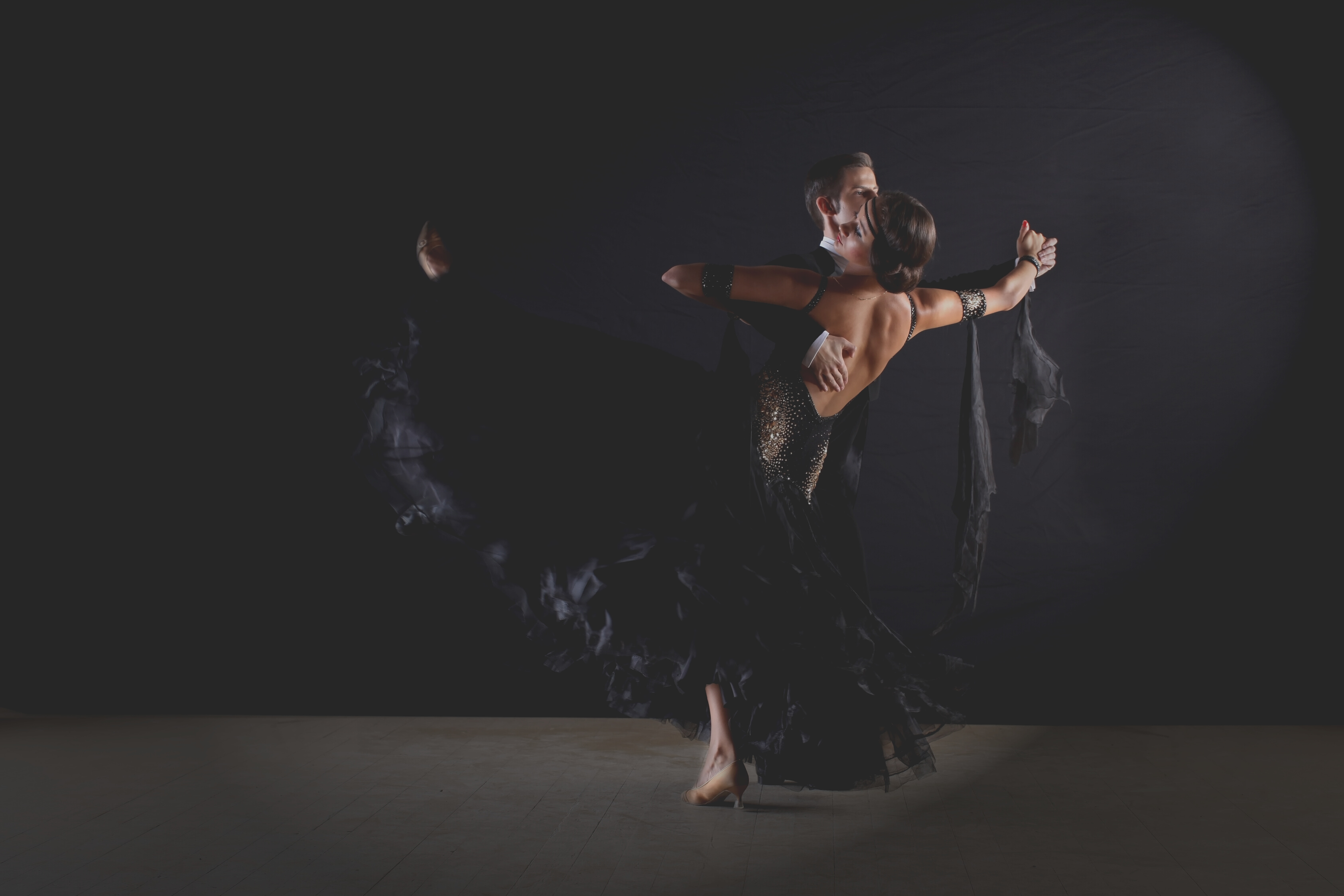
Why is this thought dangerous?
Along with many breathtaking and inspiring dance videos on social media, you also see videos of dancers giving suggestions of new tricks and exercises to try. These tricks and exercises can be tricky and difficult as most dancers we see on social media are hyper mobile, have a wide range of flexibility, and have had countless hours of training with professionals, yet the viewers don't have the knowledge or experience of the dancer they are watching and try the skill anyway without guidance.
Because of this, Social Media has recently led to a higher rate of injuries in dancers. Kathryn Boland from Dance Informa tells us how everyday more dancers are seeking guidance on social media without any guarantee that theinstructor they are watching is "working from evidence-based guidelines" or
“Pfffftttt…
let me move a chair and try that!”

Debra Crookshanks from Kinetica Physiotherapy also shares how many of the things dancers see on social media may not be suitable for specific ages and goes into details on certain injuries and consequences that can result from trying them. Debra goes into detail by telling us that children, ages 8-14 specifically, are very vulnerable to specific injuries because their muscles and bones are fragile as they are in a constantly growing phase. Especially now a days, dancers are pushing the limit very young doing extreme tricks that can cause injury very easily. Debra names certain dance moves like "toe overs, knee drops, side tilts and pushing into second splits" because these are very common and "can cause long term damage to bone, cartilage and ligaments..."
advisement page
It's important dancers understand the dangers of social media so they can filter their thoughts as they scroll through their feeds, because believe me, at least one of these thoughts will come to mind at one point or another, it is inevitable.
So whether you are an actual dancer reading or someone who has influence over a dancer and can lead them in the right direction meaning a dance parent or dance instructor, make sure at some moment to educate or learn, so that dancers only use social media in ways that can spark and promote their growth, rather than inhibit it.
Remember! "Being a dancer is a short-lived career, so you want to cherish every moment rather than creating a career filled with self-doubt and comparison." (Massey 4).
Here are some examples of good social platforms to look at, get inspired and learn from. But remember, always do things with proper guidance and ask questions from people you trust.
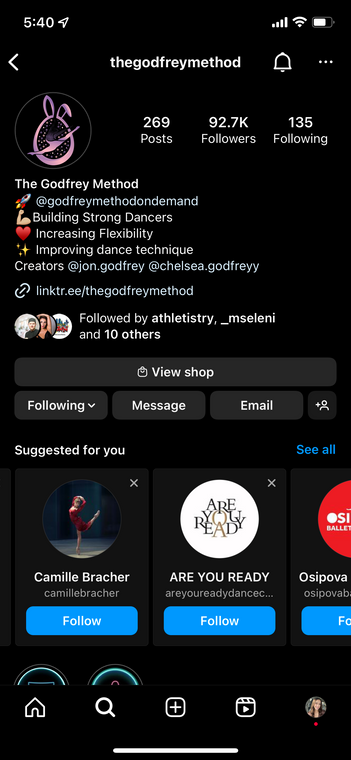
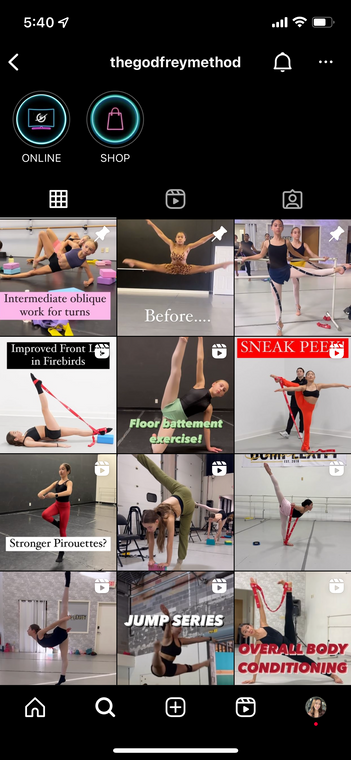
www.thegodfreymethod.com/
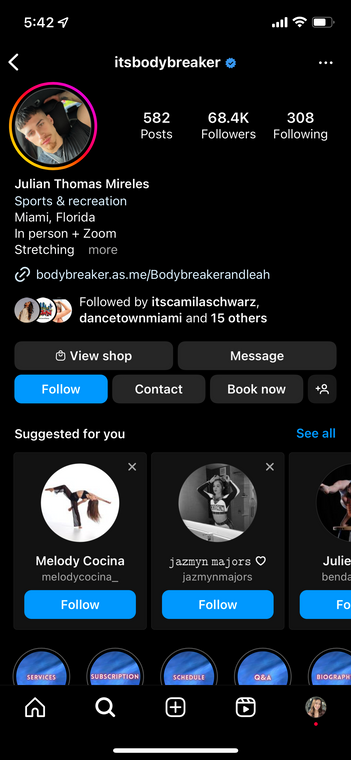
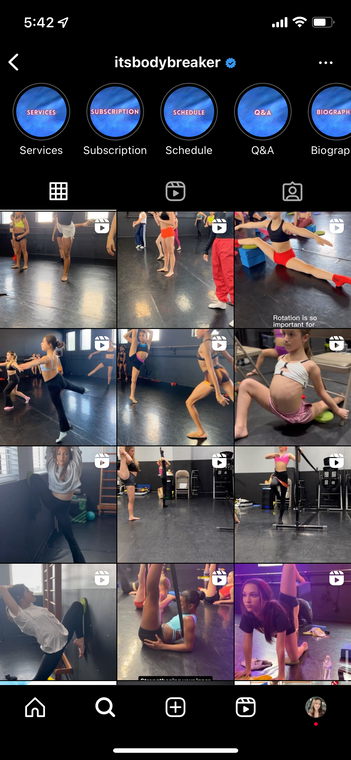
who helped influence my thinking?
https://www.dancemagazine.com/social-media-body-image/#:~:text=%E2%80%9CDancers%20can%20look%20at%20a,to%20themselves%20and%20feel%20terrible.%E2%80%9D
https://www.danceinforma.com/2023/01/30/are-dancers-getting-injured-more-part-i/
https://news.illinoisstate.edu/2021/04/social-media-effects-on-body-image-and-eating-disorders/
https://www.kineticaphysiotherapy.com.au/social-media-vs-safe-dance-practice-what-you-should-know/
https://www.thegodfreymethod.com/
https://medium.com/gbc-college-english-lemonade/is-social-media-putting-dancers-at-risk-be72e98a9ac0
https://www.itsbodybreaker.com/
https://etheses.whiterose.ac.uk/24645/1/Use%20of%20image-based%20social%20media%20in%20dancers%20and%20non-dancers%20final%20pdf.pdf
